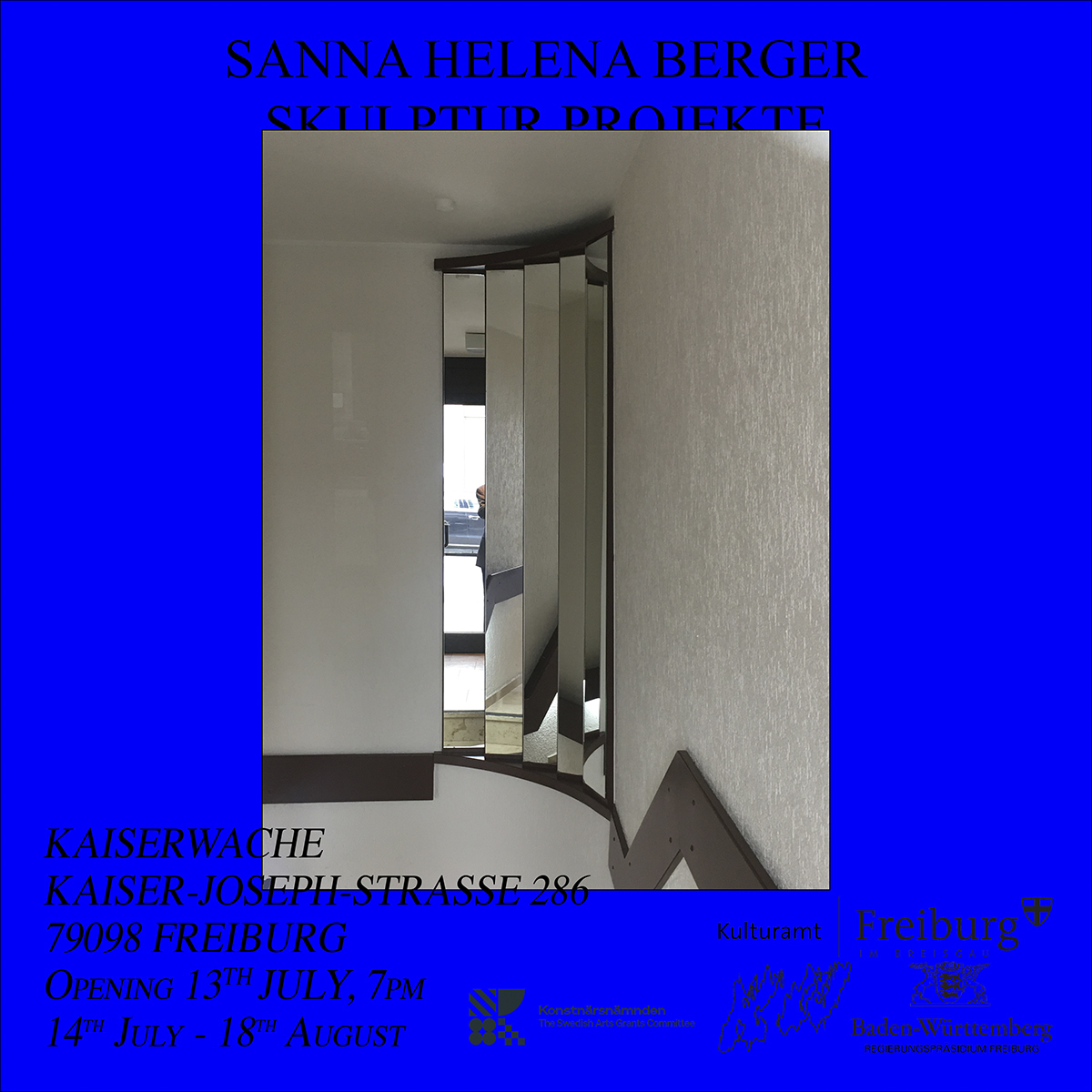Between public and non-public art lies a chasm of experiences which both contradict the fallacy that art is an inherently erudite confrontation and confirm the need for pre-existing knowledge in order to pose as a formal analyst.
A public space suggests a people’s place, a house of commons, whereas the private domain is a value determined by levels of exclusion. And whilst it’s tempting to make dichotomic references to accessible or inaccessible, usually one can find a way into both, if not by brute force, then by a little finesse. These rooms we’re standing in, were once the most private of domains; restrooms, opened to the public in 1906, which decades later turned once again a reserved Räume für Ruhe for tête-à-têtes when recreational drug users found respite here, and further privatised when En masse became à deux as a cruising spot. And now perhaps the most private of domains again – a fine arts space – keepings its original guardianship title “Kaiserwache” as an ode characterised by a suspended duration of being; a legend.
-Sanna Helena Berger



